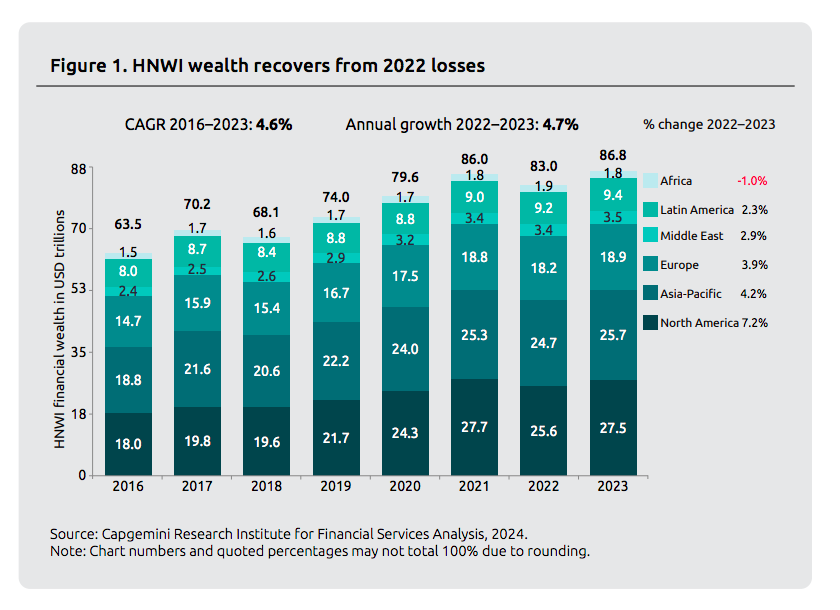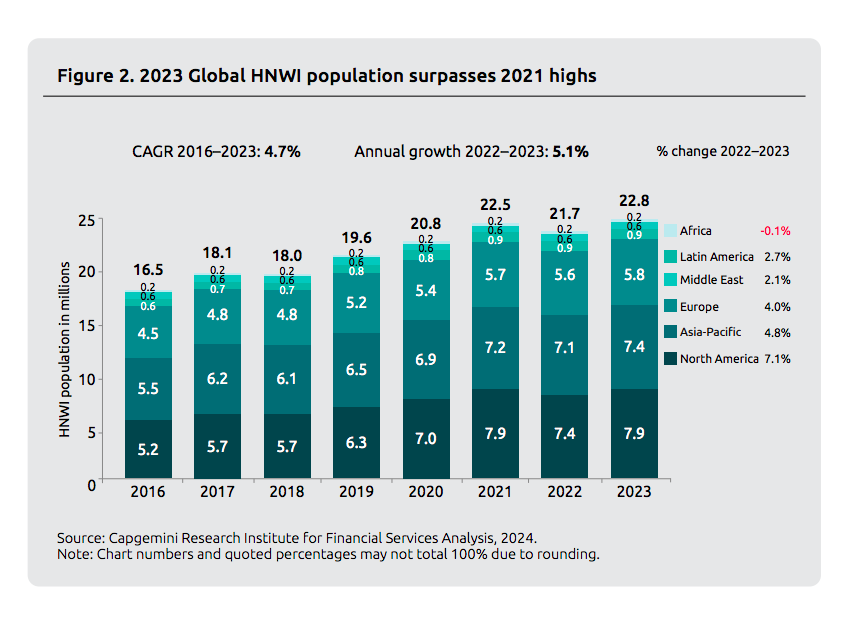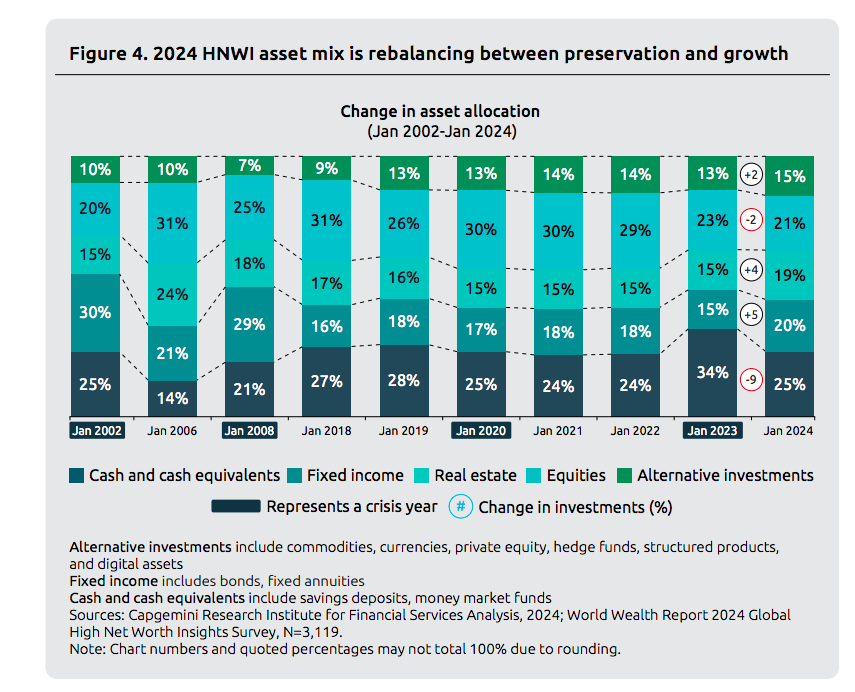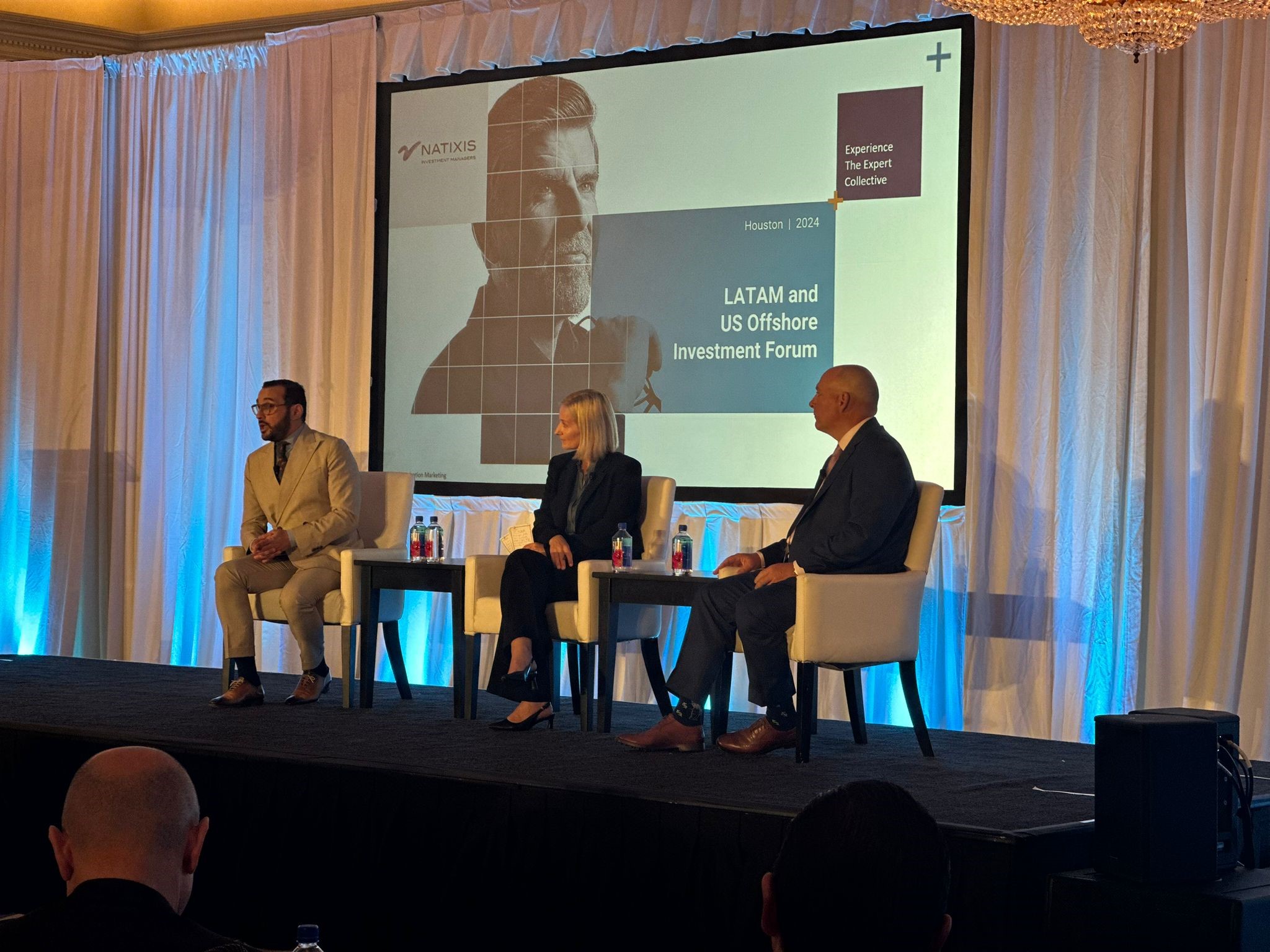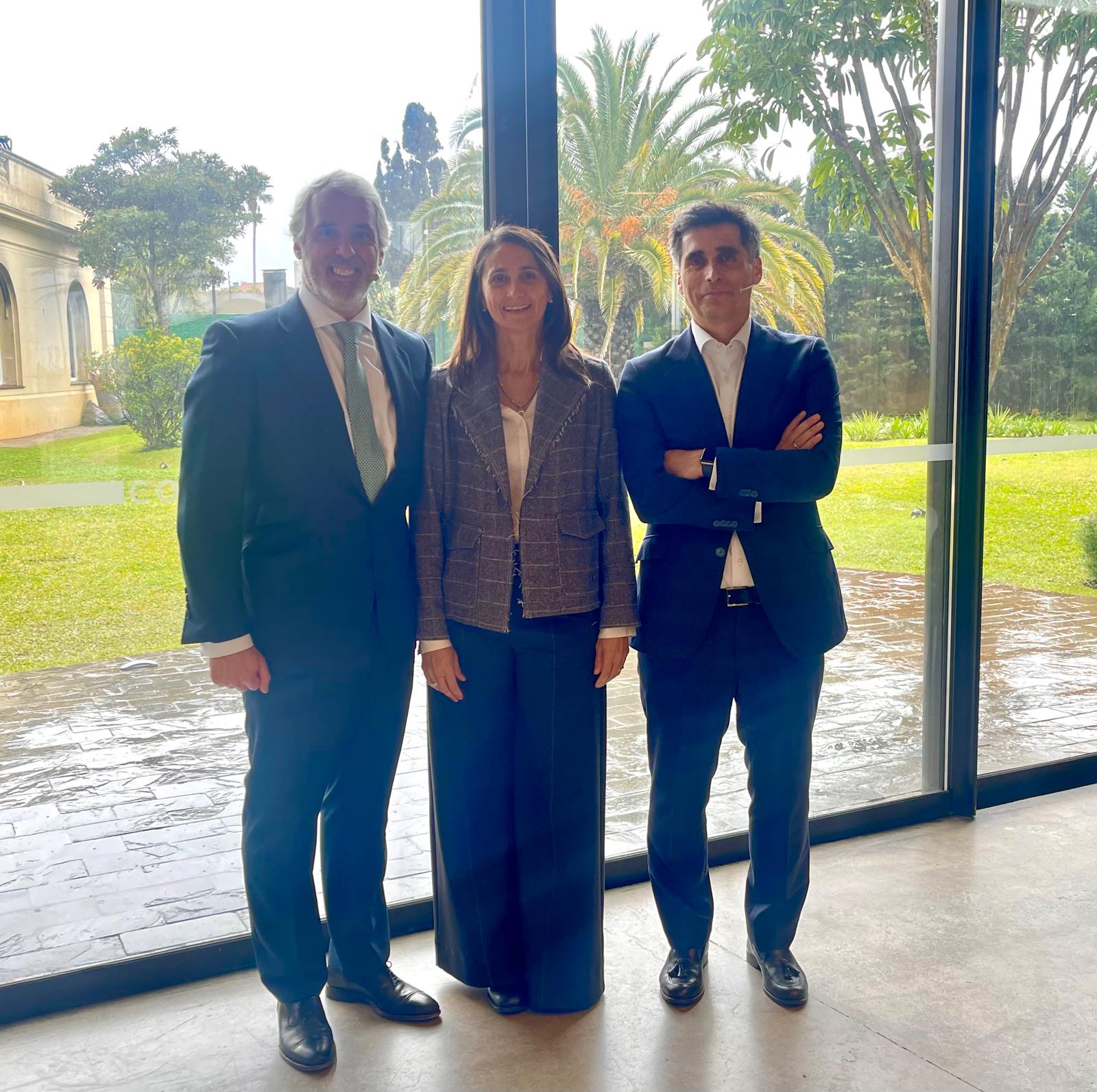From the Olympics to the Taylor Swift Tour: A Summer Full of Growth Opportunities for Major European Brands
| For Amaya Uriarte | 0 Comentarios

Alan Edington, part of the BNY Mellon Long-Term European Equity Fund team, believes that summer will bring numerous opportunities for European companies. The celebration of the Olympic Games in Paris, various festivals and concerts, and other sporting events beyond the Champions League can drive company growth. “A summer of sports, music, and celebrations—hooray for summer and for Europe’s leading brands,” says Edington.
Starting with the Olympics, Edington notes that, aside from the negative news it will generate (noise, dirt, traffic, etc.), Paris’s preparation to host the Games has been an impressive feat, particularly in terms of infrastructure. “Although it remains to be seen if the Seine’s water will meet the strict safety standards for competition, the fact that swimming in the river is even being considered is, in itself, an achievement, following an unprecedented €1.4 million investment in a project that has set several engineering milestones. Despite the typical European reluctance to celebrate successes, in this case, it seems we can openly talk about a success,” he states.
He explains that, just as Parisians complain, investors often lament that Europe lacks leading companies in key global growth areas. However, Edington believes that “during the Paris Olympics and other events this summer, numerous European brands with global reach and positioning will not only gain great visibility but will also greatly benefit.” While he acknowledges that Europe is unlikely to top the Olympic medal table, the continent can boast of being home to many of the world’s best brands, which will be prominently featured at the Games.
“An example is Adidas, which is not an official sponsor but is well-positioned to maximize the promotional potential of the Olympics. In April, the company launched new sports footwear models for 41 Olympic disciplines. When Bjørn Gulden took over as CEO last year, his plans for Adidas included returning to its roots as a sports brand, so the launch of the Olympic series is closely aligned with this strategy to expand the number of sports it represents and increase its presence in some of the fastest-growing sports worldwide,” says Edington.
The Experience Economy
In his view, events like the Olympic Games are not only an opportunity for consumer brands but also for the leisure sector. It is estimated that sports tourism already accounts for 10% of global tourism spending, and projections identify it as one of the fastest-growing areas in this market. Alongside this leisure segment, Edington sees great potential in another area: music tourism. “Although estimates of the market size vary, the growth forecasts and spending propensity of these tourists leave no doubt. In early May, the musical and media phenomenon Taylor Swift kicked off the European leg of The Eras Tour in Paris. This tour, like many others and countless festivals, attracts thousands of fans who are not only willing to travel but also to spend,” he notes.
He acknowledges that capturing these “superfans” was one of the topics BNY Mellon discussed with Universal Music Group—whose record labels represent Taylor Swift and six of the ten most acclaimed artists on Spotify in 2023—during a meeting in March. “This audience is a strategic priority for the company, which plans to monetize the demand from these superfans through personalized streaming services with priority access to new albums, exclusive content, and limited edition vinyl records, promotional material, and other collectibles,” he states.
When discussing standout companies, Edington points to CTS Eventim, considering it well-positioned to take advantage of the increased demand for concerts and shows. “With over 300 million tickets sold annually through its systems, the company, which holds the top position in Europe in the ticketing and live events segment, and the second globally, reported a 32% EBITDA growth in the last fiscal year, with results published in March. The results also confirm a year-on-year growth of 32% in ticket sales revenue and 19% in live events,” he comments.
In conclusion, Edington highlights that in the letter accompanying Adidas’s annual results, published in March, Bjørn Gulden wrote that 2024 will also be a great year to showcase our brand at the Olympic Games, Paralympics, EURO 24, Champions League, and many other sporting events. “I believe that many people around the world are looking forward to sports celebrations… and this will also support our business,” he concludes.


